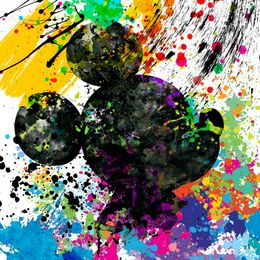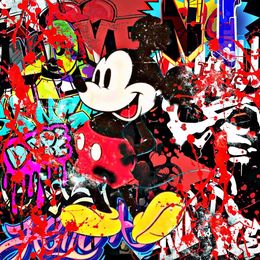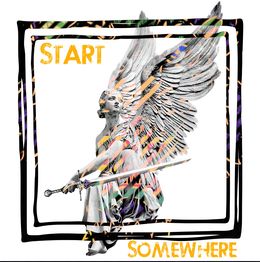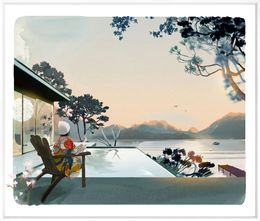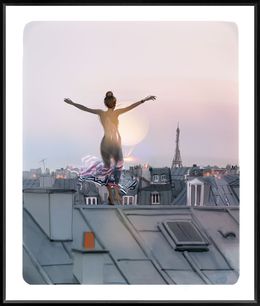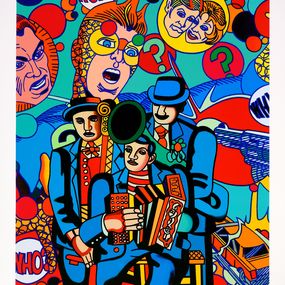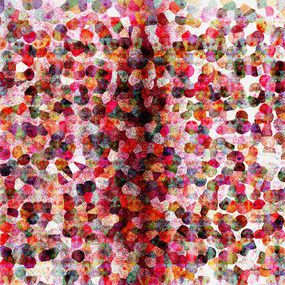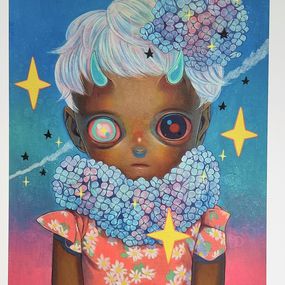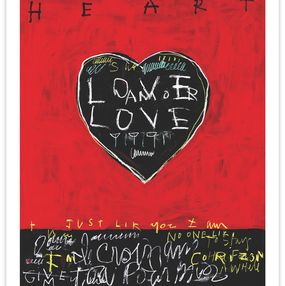
Digital Print for Sale
Digitalization has completely transformed the way we live. Art has not gone untouched and has also been revolutionised by the latest wave of digital development. Digital art has been a genre of its own since the 1970s and it includes numerous works produced using digital technology (television screens, computers, virtual reality...).
The way we sell and promote art has been turned on its head. Today, young artists can share their work with large numbers of people in just one click. They no longer need to be established in the art world or secure their first exhibition to promote their art. Young painters, sculptors or engravers can share their creative process online with internet users and let them comment on the end result.
The Chinese artist Ai Wei Wei for example is very present on social media networks and uses his blog as a highly effective platform. A strong opponent of the Chinese government, digital technology has given him a strong voice in a country with strict censorship rules.
Other than its impact on the way we share art, digital technology has fundamentally changed the finished product. 2D and 3D technologies have been left behind in favour of the latest constantly evolving digital developments, that have in turn brought about new interactive and intelligent installations. Some of the first artists to pioneer the use of digital technology in their work include Erkki Kurenniemi, David Rokeby and Laurent Mignonneau.
They have led the way for new groups of artists who have continued to grow and redefine the possibilities for art today. Installations from the movement are now exhibited in some of the world's most prestigious contemporary and modern art museums (the Tate in London, the Palais de Tokyo in Paris), which demonstrates the strength and durability of digital art.
In 2018, several Parisian exhibitions transformed the way we admire artwork. The interdisciplinary cooperative teamLab specialises in immersive installations which go beyond art, science and technology. As visitors move between the artworks, the projections change based on the information captured by sensors dotted across the room. The Atelier des Lumières also has a different kind of experience to offer its visitors; giant versions of Klimt's masterpieces projected onto the walls and spread across the entire space...
In a similar way to all creative support types, printing has also drastically changed over time. Printing techniques have continued to develop throughout history thanks to technological progress and new art movements, but digital printing has without doubt revolutionised the genre. Digital printing is a production technique that allows artists to print images directly from digital data. As with all sectors, digitalisation has sped everything up. Artists can create more quickly and print larger series of their works to share with even more people. The supports used for prints are incredibly varied and their size is somewhat irrelevant. Patrick Bérubé for example is particularly fond of printing large scale works.
What's more, digital printing means that artists can create, edit and manipulate images on computers and then print them out to create a physical artwork. Don't miss out on Artsper's selection of works by famous artists, inlcuding Mel Ramos, Damien Hirst and Miss Tic.
Save your search and find it in your favorites
Save your search to find it quickly
Saved search
Your search is accessible from the favorites tab > My favorite searches
Unsaved search
A problem occurred

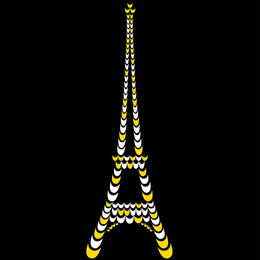
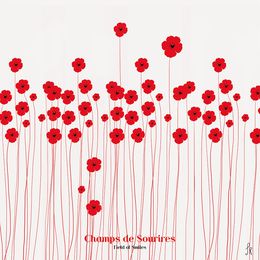

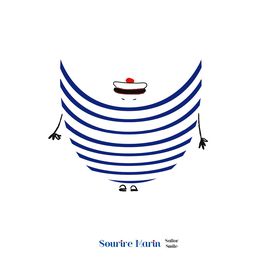
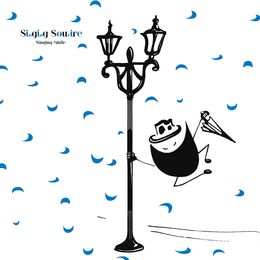


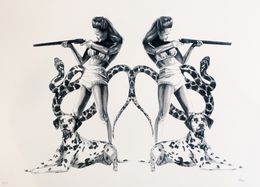


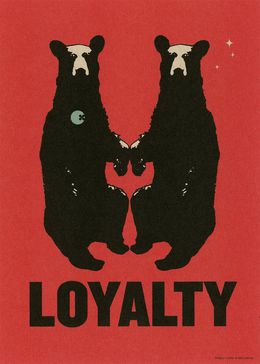


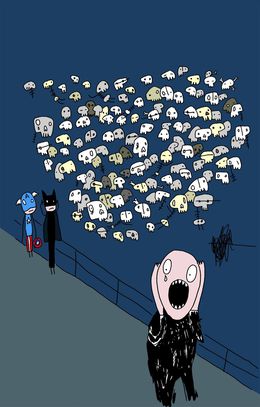

Des journées entières sous le signe du B, du C, du W En
Sophie Calle
Print - 70 x 50 cm Print - 27.6 x 19.7 inch
$421
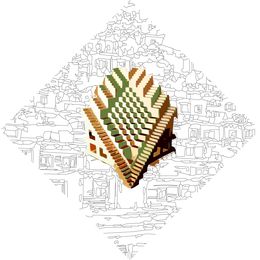



Voluptuous treescape
Sumit Mehndiratta
Print - 100 x 100 x 0.1 cm Print - 39.4 x 39.4 x 0 inch
$1,369

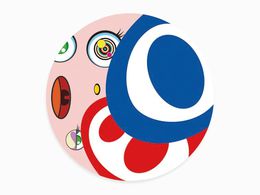

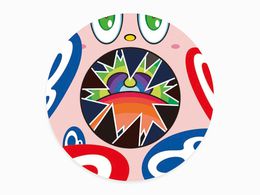
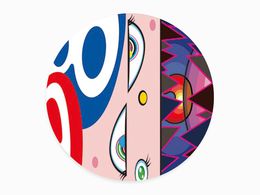
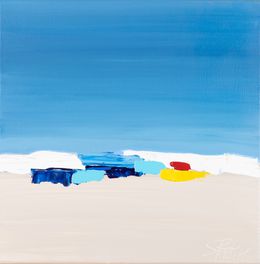
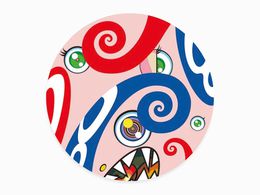
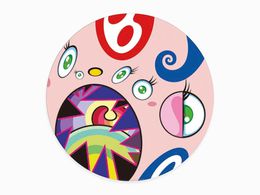


We Are The Square Jocular Clan (10)
Takashi Murakami
Print - 47.5 x 47.3 cm Print - 18.7 x 18.6 inch
$1,193
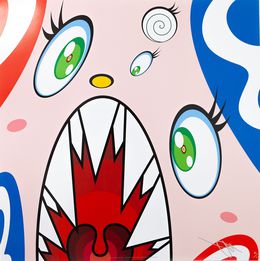
We Are The Square Jocular Clan (9)
Takashi Murakami
Print - 47.5 x 47.3 cm Print - 18.7 x 18.6 inch
$1,193

We Are The Square Jocular Clan (5)
Takashi Murakami
Print - 47.5 x 47.3 cm Print - 18.7 x 18.6 inch
$1,193
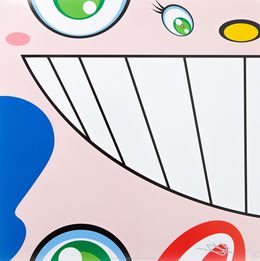
We Are The Square Jocular Clan (2)
Takashi Murakami
Print - 47.5 x 47.3 cm Print - 18.7 x 18.6 inch
$1,193

Midday Metamorphosis
Sumit Mehndiratta
Print - 100 x 100 x 3 cm Print - 39.4 x 39.4 x 1.2 inch
$1,053



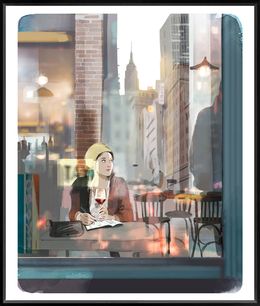

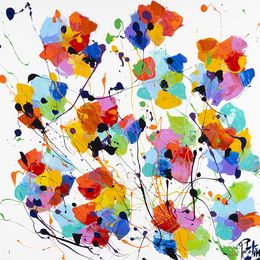
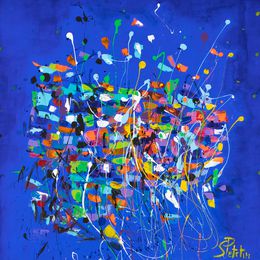
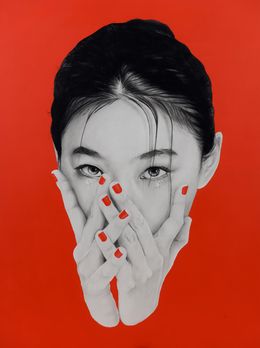

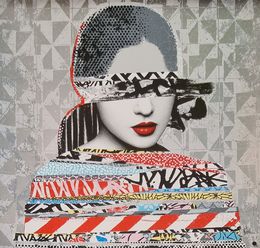

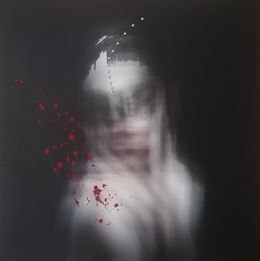


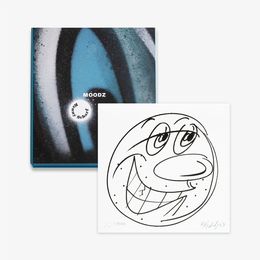


In God We Trust No One - Lenticulair
James Chiew
Print - 58 x 58 x 1.5 cm Print - 22.8 x 22.8 x 0.6 inch
$3,217



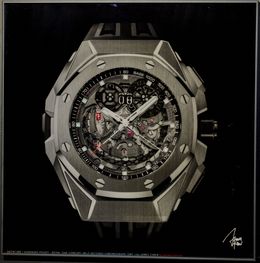
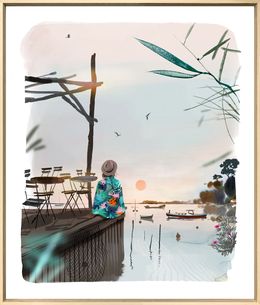


Studies into the past (Signed poster)
Laurent Grasso
Print - 60 x 60 cm Print - 23.6 x 23.6 inch
$211
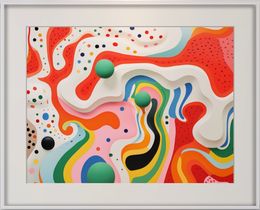
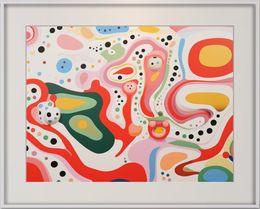





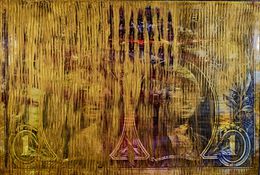

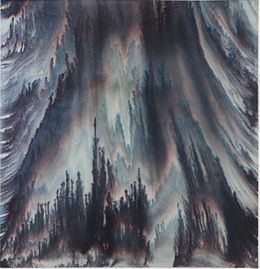
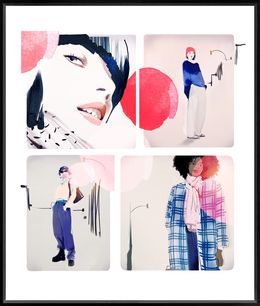

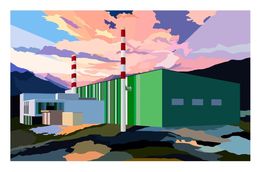
Sorting Center & Deep Sunset
Marion Sagon
Print - 79 x 120 x 2.5 cm Print - 31.1 x 47.2 x 1 inch
$959
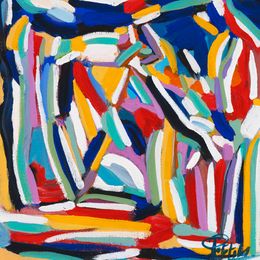


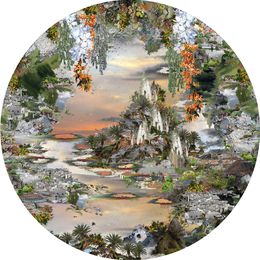

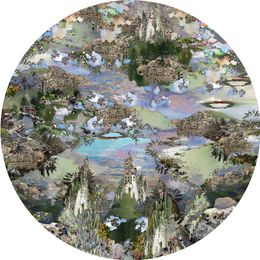



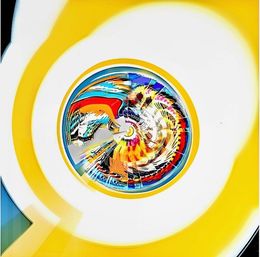

Superhero Banana boat Ride
Sanuj Birla
Print - 101.6 x 106.7 x 0.3 cm Print - 40 x 42 x 0.1 inch
$600

